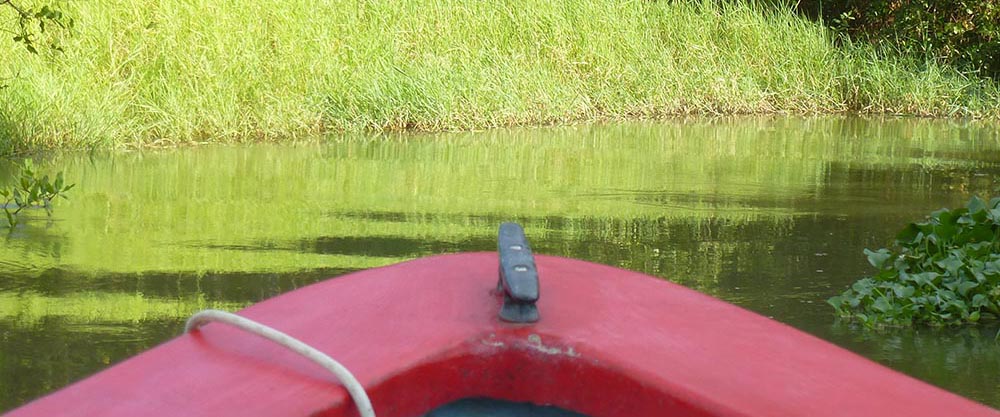 With almost two million hectares, the Parque Nacional Manú in the Amazon lowlands is one of the largest rainforest reserves on earth. The park was founded in 1973 to protect its intact ecosystem.
With almost two million hectares, the Parque Nacional Manú in the Amazon lowlands is one of the largest rainforest reserves on earth. The park was founded in 1973 to protect its intact ecosystem.
In the three sensitive ecological zones (low vegetation „puna“ in the heights of the Andes, cloud forest, Amazon rainforest), fishing, hunting and deforestation are prohibited. UNESCO declared the park a World Natural Heritage Site in 1983.
From jaguars, spectacled bears, Andean jackals, ocelots, tapirs, giant otters, caimans to various species of monkeys and 1,000 bird species, countless animals, many of them threatened with extinction, are represented here. At altitudes between 365 and 4,000 metres, there are also around 15,000 known plant species and over 200 tree species. And almost every week there are more, because large parts of the park are still undeveloped.
Manú is divided into three areas and a fourth zone for the locals:
- In the freely accessible „Zona Cultural“ (about 40,000 hectares), the public zone, the locals live; there are also some lodges for the tourists.
- The „Zona Experimental“ (experimental zone), which is more than six times as large and has very few lodges, may only be visited by registered scientists and researchers as well as eco-tourists with a permit, licensed guide and authorised organiser. An excursion to this area becomes a magnificent nature experience, for example during hikes to the jungle lakes „Cocha Salvador“ and „Cocha Otorongo“. With a little luck, hikers will even discover jaguars while sunbathing.
- Tourists are not allowed to enter the largest part of the park, the „Zona Natural“ (restricted zone). Only anthropologists and scientists with permits from the Peruvian Ministry of Agriculture are allowed to enter this area.
- In a fourth zone, on almost 100,000 hectares, live the local people, the Yaminahua and Kugapakori, whose original way of life as jungle nomads is to be preserved.